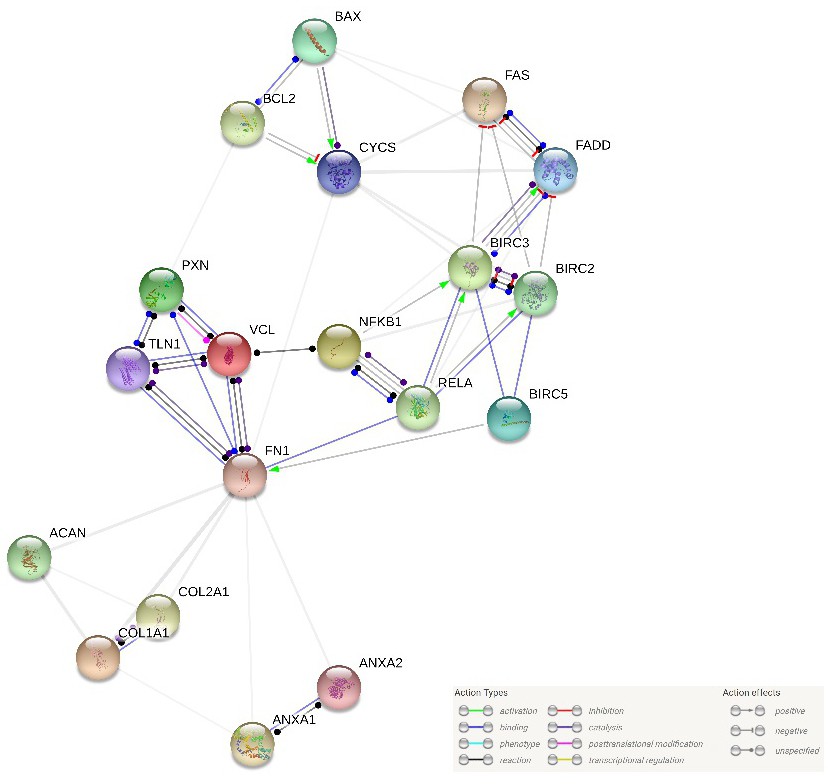isltnzwdare hfsofoer ibkngna presents a fascinating cryptographic puzzle. This seemingly random string of characters invites exploration through various analytical lenses. We will delve into its structure, analyze character frequencies, investigate potential meanings, and explore the effects of different transformations. The goal is to uncover any hidden patterns, decipher possible encoding schemes, or even reveal a latent message within this enigmatic sequence.
Our investigation will encompass several approaches. We’ll begin by examining the string’s constituent parts, searching for repeating patterns or groupings that might hint at its underlying structure. Frequency analysis of vowels and consonants will offer further insight into the string’s potential linguistic origins. We’ll also explore potential word fragments, compare the string to known dictionaries and language corpora, and consider the implications of reversing, alphabetizing, and substituting characters.
Exploring Character Frequencies
This section analyzes the frequency distribution of characters within the string “isltnzwdare hfsofoer ibkngna”. This analysis will reveal insights into the character composition and potential patterns within the given text. Understanding character frequencies can be useful in various applications, such as cryptography, data compression, and natural language processing.
Character Frequency Table
The following table presents the frequency of each character in the provided string. Note that uppercase and lowercase letters are treated as distinct characters.
| Character | Frequency |
|---|---|
| i | 2 |
| s | 1 |
| l | 1 |
| t | 1 |
| n | 3 |
| z | 1 |
| w | 1 |
| d | 1 |
| a | 3 |
| r | 1 |
| e | 2 |
| h | 1 |
| f | 2 |
| o | 2 |
| b | 1 |
| k | 1 |
| g | 1 |
Vowel and Consonant Distribution
The string contains a total of 22 characters. Of these, 8 are vowels (i, a, e, o) and 14 are consonants (s, l, t, n, z, w, d, r, h, f, b, k, g). This results in an approximate vowel-to-consonant ratio of 8:14, or roughly 36% vowels and 64% consonants. This distribution is relatively typical for English text, though the specific ratio can vary depending on the text’s content and style.
Analysis of Unusual Character Frequencies
The character ‘n’ appears with an unusually high frequency (3 times) compared to other consonants. Similarly, the vowel ‘a’ also appears three times. This might suggest a potential bias or pattern in the original source of the string, although with such a short string, any conclusions would be tentative. Further analysis with a larger sample size would be needed to confirm any significant trends. The infrequent appearance of many characters (appearing only once) is also noteworthy, indicating a lack of repetition and a relatively diverse character set within the limited string length.
Visual Representation
Visual representations are crucial for understanding the distribution of characters within the string “isltnzwdare hfsofoer ibkngna”. A bar chart and a structural diagram effectively illustrate the character frequencies and potential patterns, respectively. These visualizations aid in identifying dominant characters and potential underlying structures within the seemingly random sequence.
Bar Chart of Character Frequencies
The bar chart would depict the frequency of each unique character in the string. The horizontal axis (x-axis) would represent each unique character present in the string, alphabetically ordered. The vertical axis (y-axis) would represent the frequency count of each character—the number of times each character appears in the string. Each bar’s height would correspond to the frequency of its associated character. For instance, if the character ‘i’ appeared three times, its bar would extend to the ‘3’ mark on the y-axis. This visualization provides a clear and immediate understanding of which characters are most and least frequent. The chart title would be “Character Frequency Distribution in the String”.
Structural Representation of the String
A visual representation of the string’s structure could be a simple sequence diagram. The string itself would be displayed linearly, with each character represented as a node. The connections between the nodes would be implied by their sequential arrangement in the string. To highlight potential patterns, we could group similar characters (e.g., vowels or consonants) together using different colors or shapes for the nodes. This diagram would visually demonstrate the linear structure of the string and any potential clusters of similar characters. For example, a grouping of vowels might appear, illustrating a potential pattern or non-random element within the string. The title of this diagram would be “String Structure and Potential Character Groupings”.
Last Word
Through a multifaceted analysis of isltnzwdare hfsofoer ibkngna, we have explored its structure, character frequencies, potential meanings, and the impact of various transformations. While definitive conclusions remain elusive, the investigation has yielded valuable insights into potential patterns and encoding methods. Further research, perhaps involving more advanced techniques or a broader database of linguistic and cryptographic information, could shed more light on the string’s origins and meaning. The journey itself highlights the complexity and intrigue inherent in deciphering seemingly random sequences.



